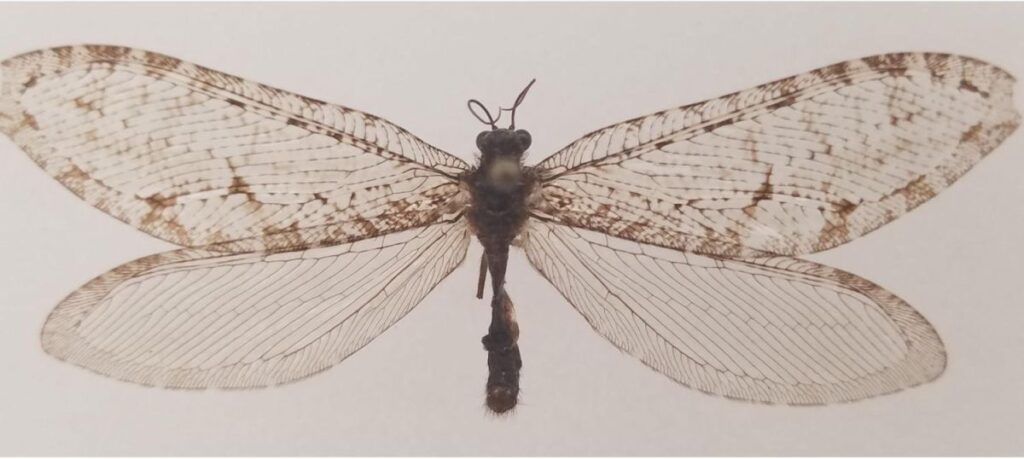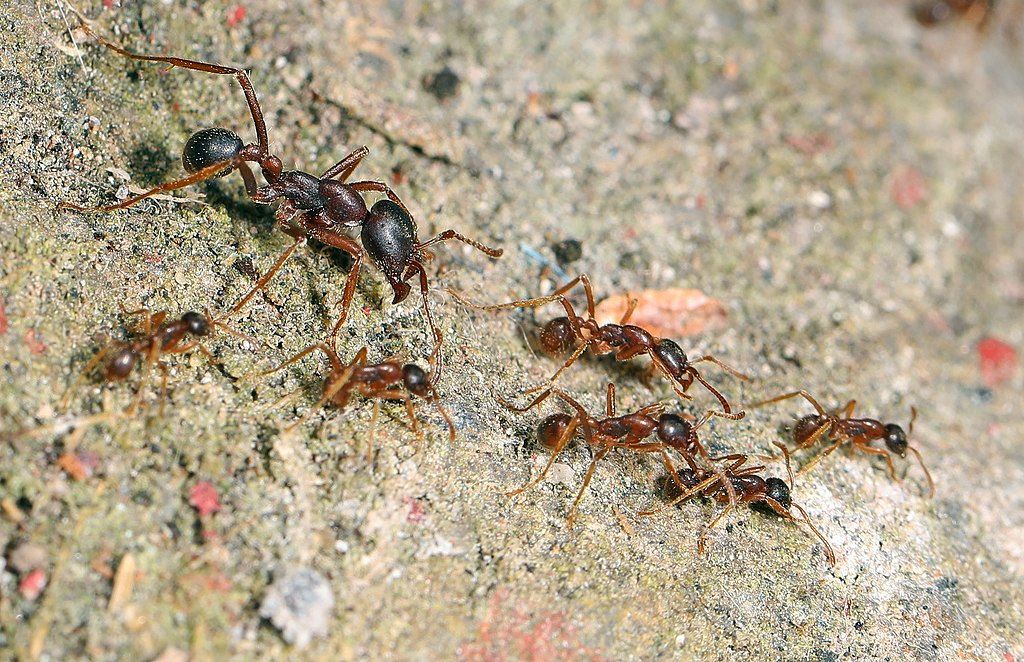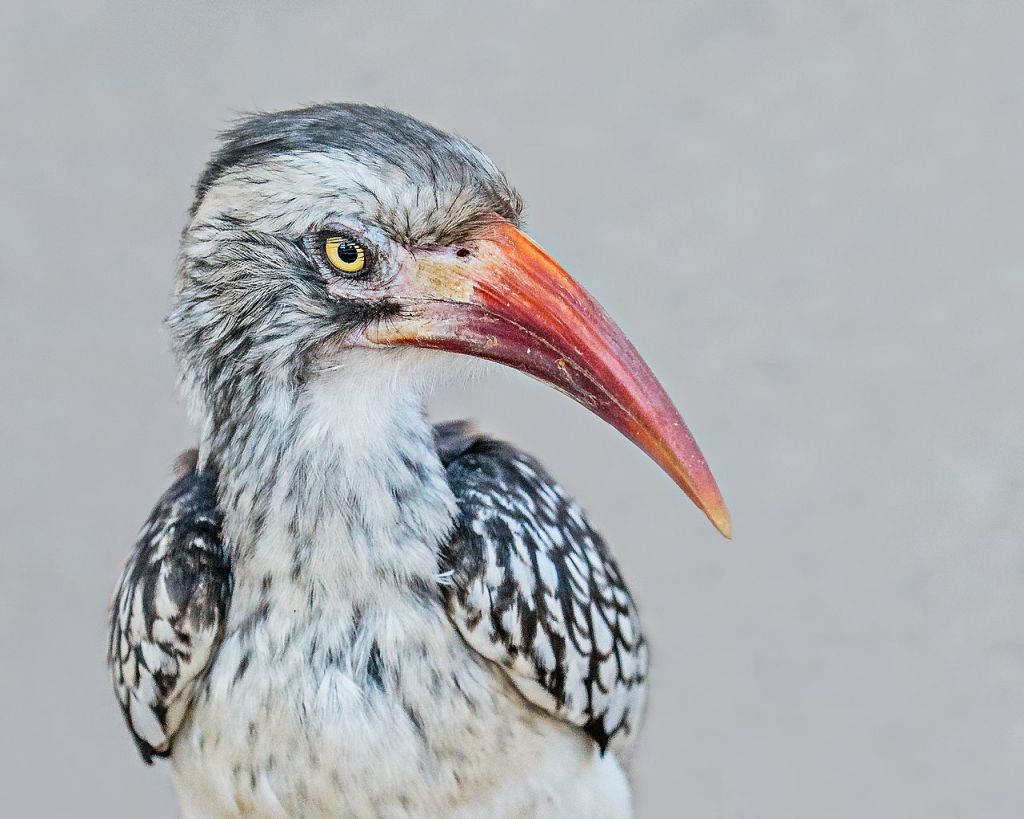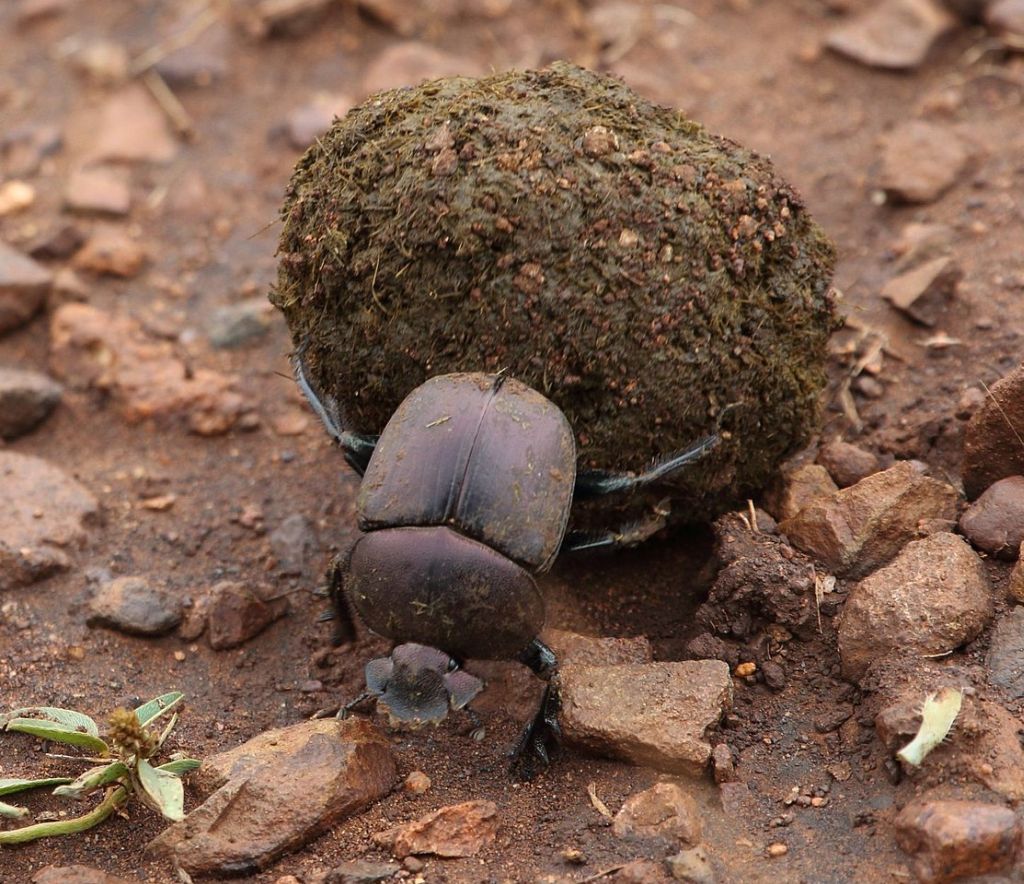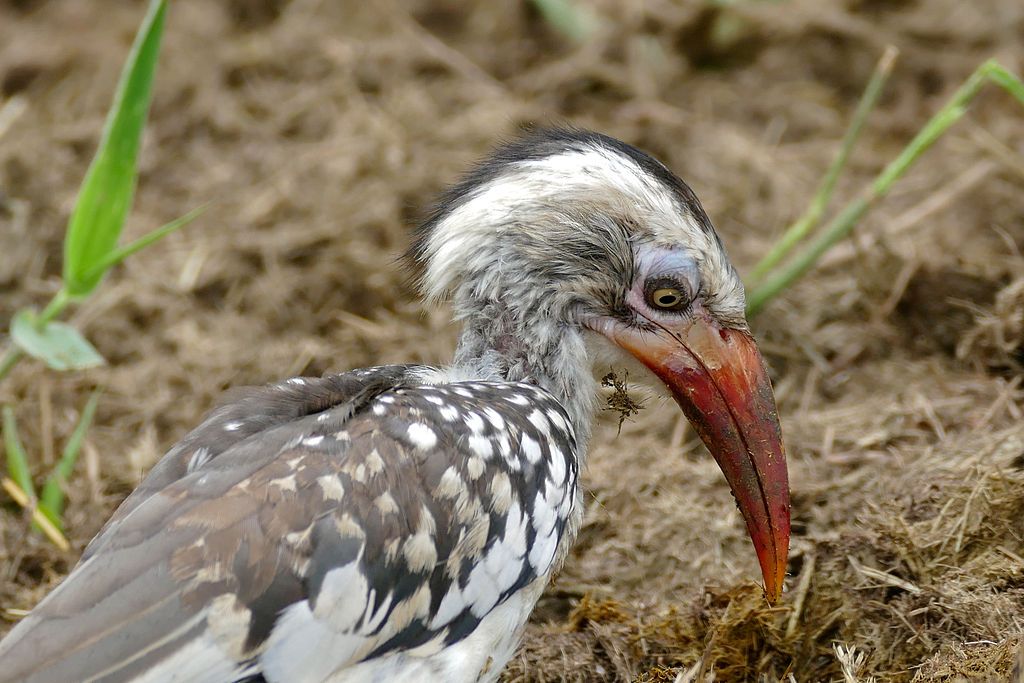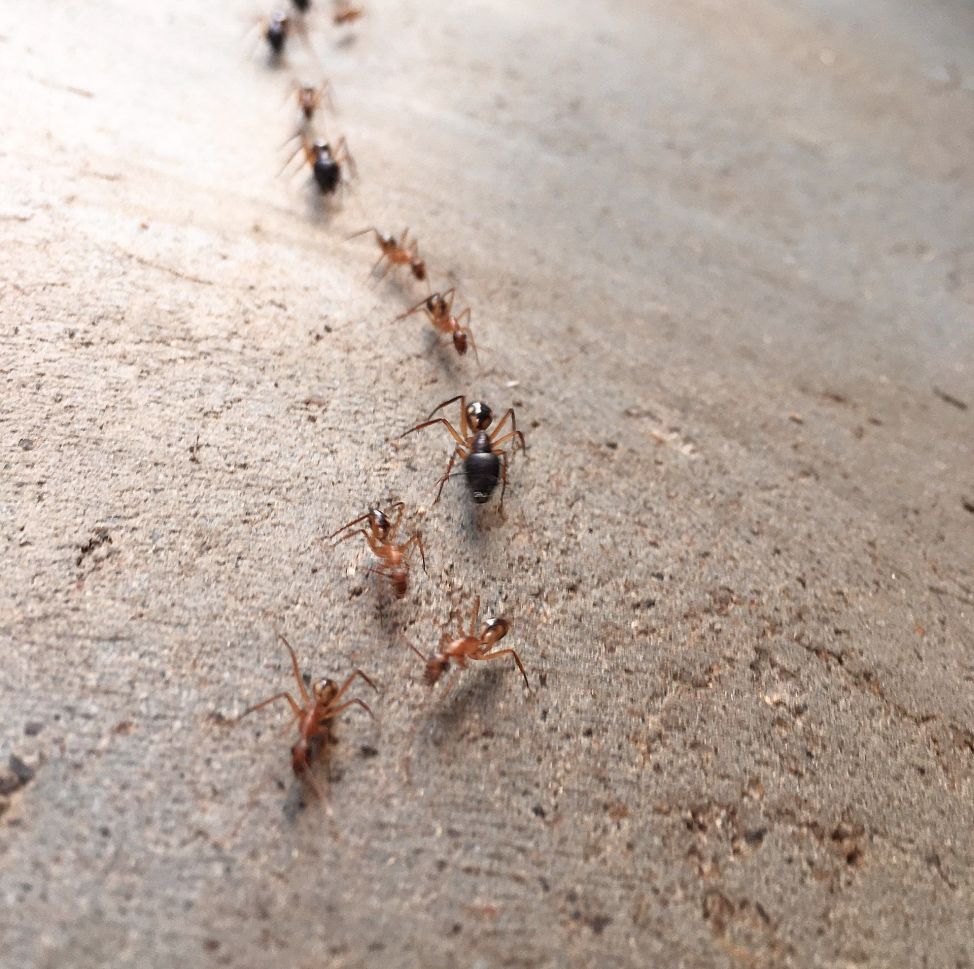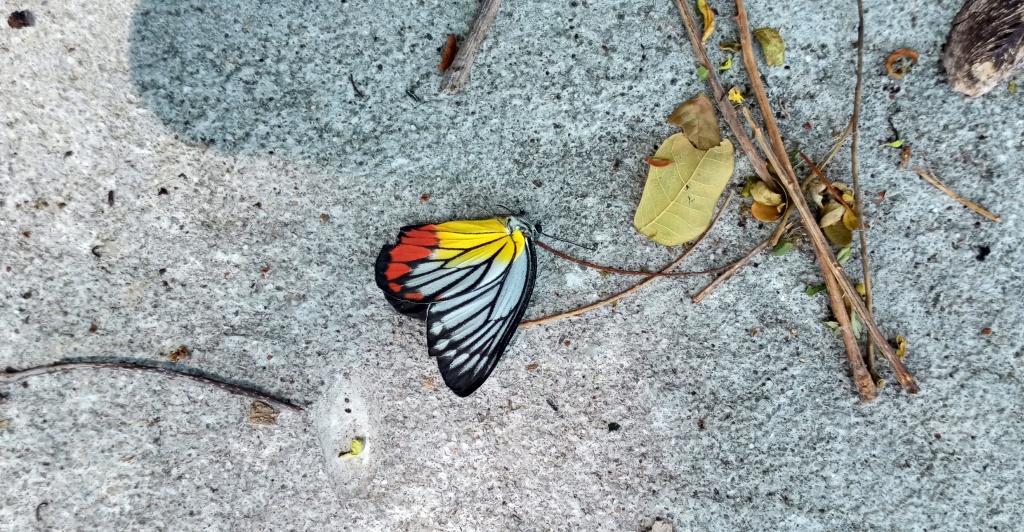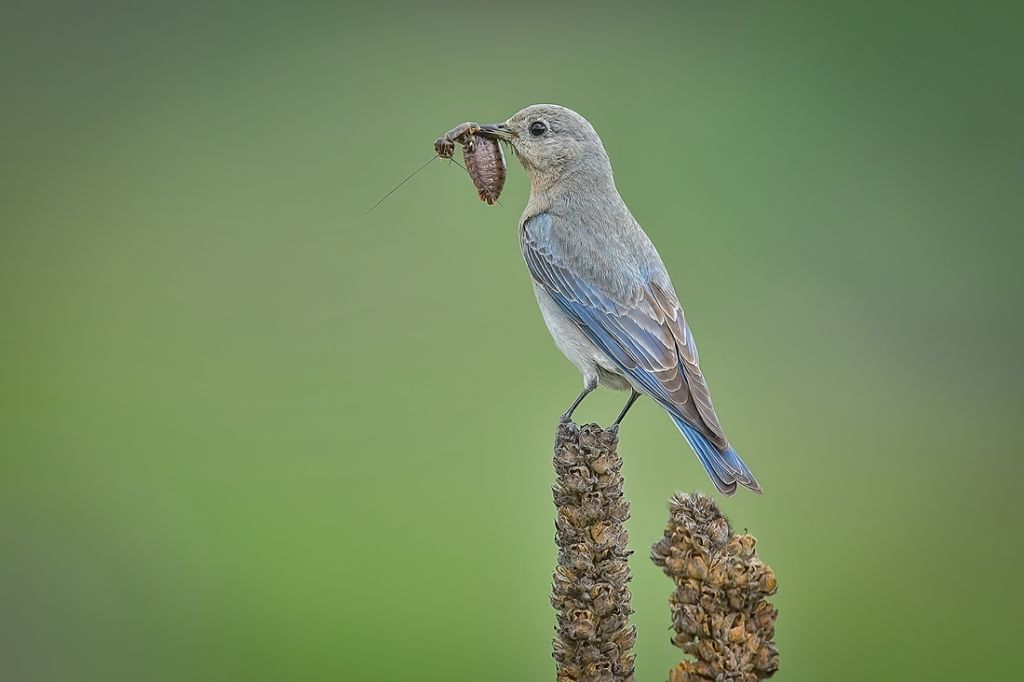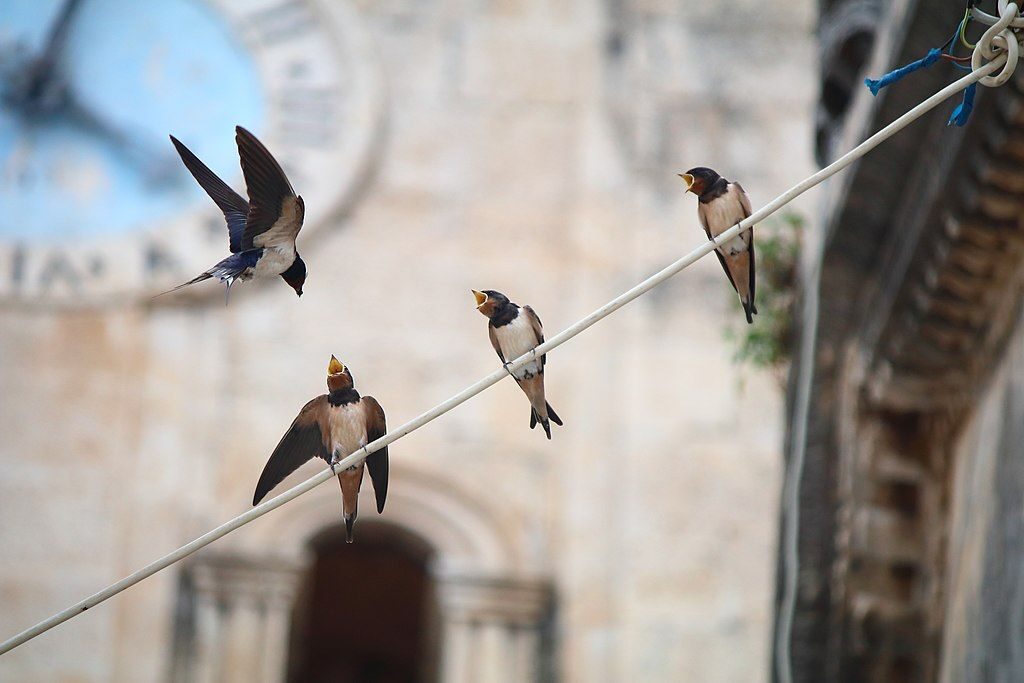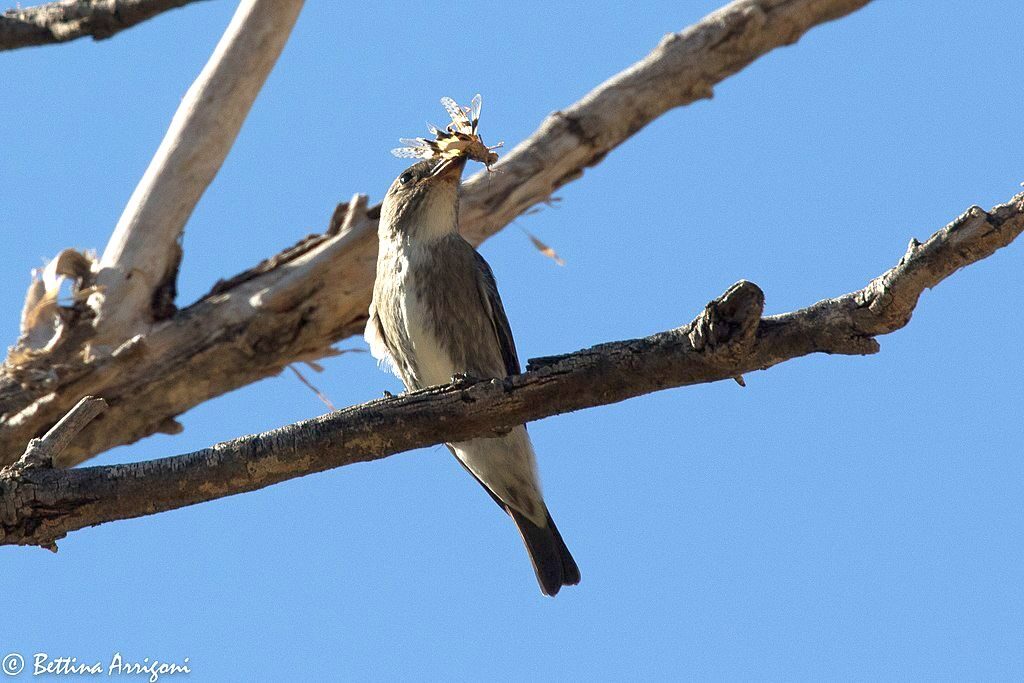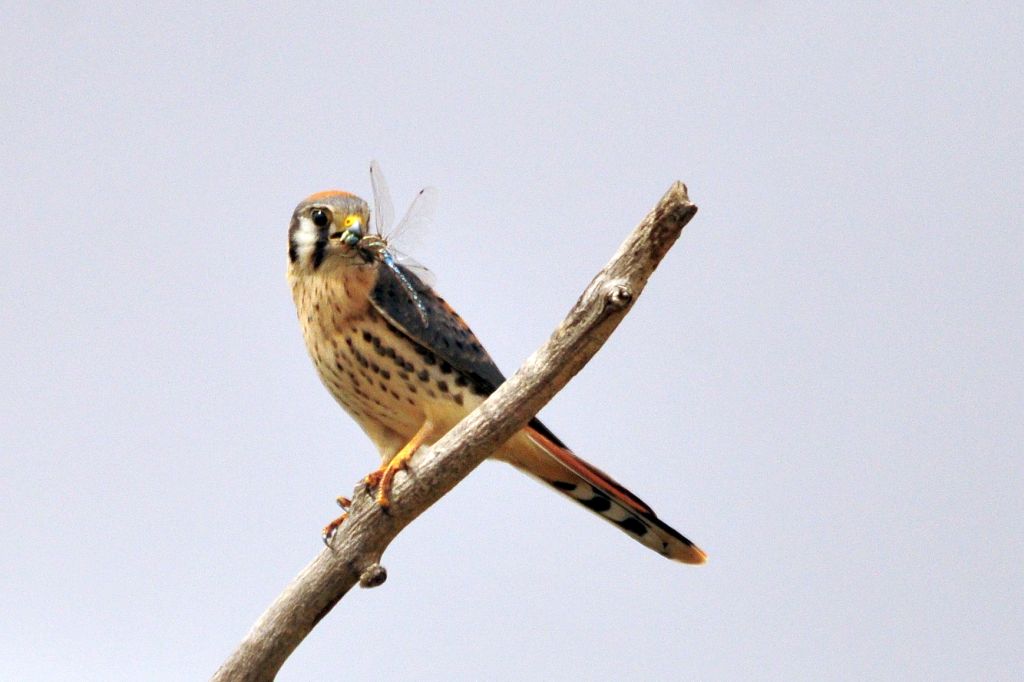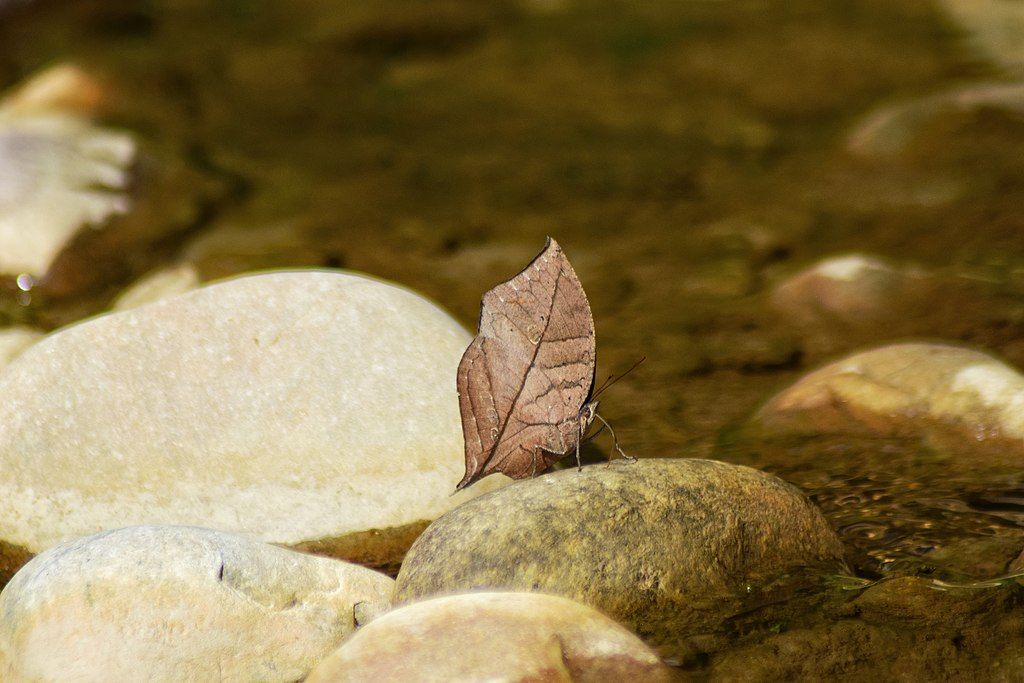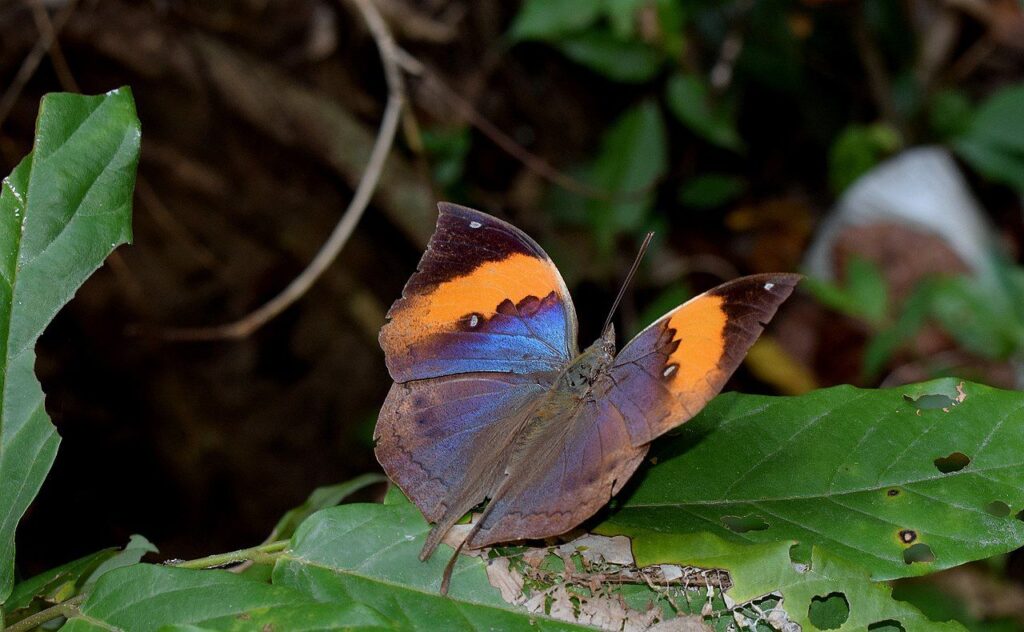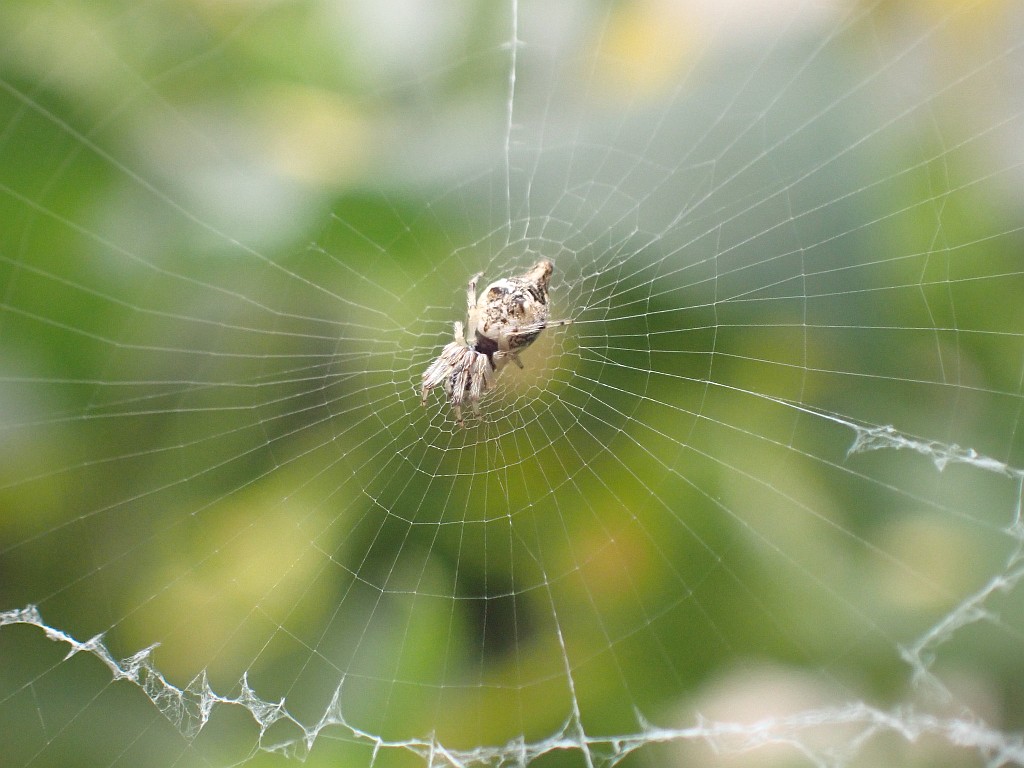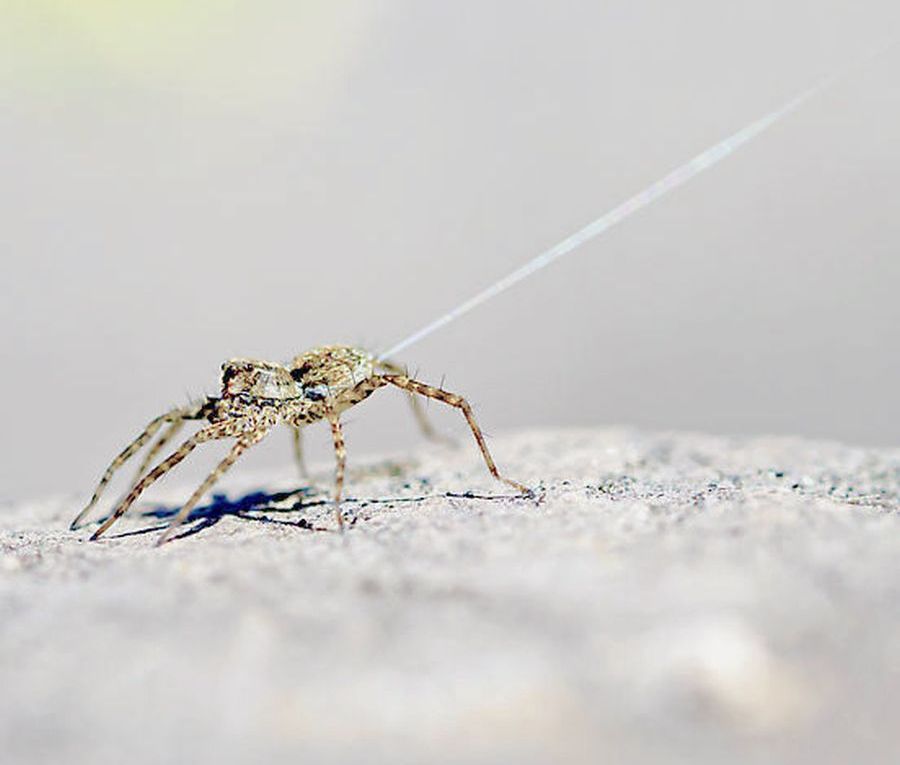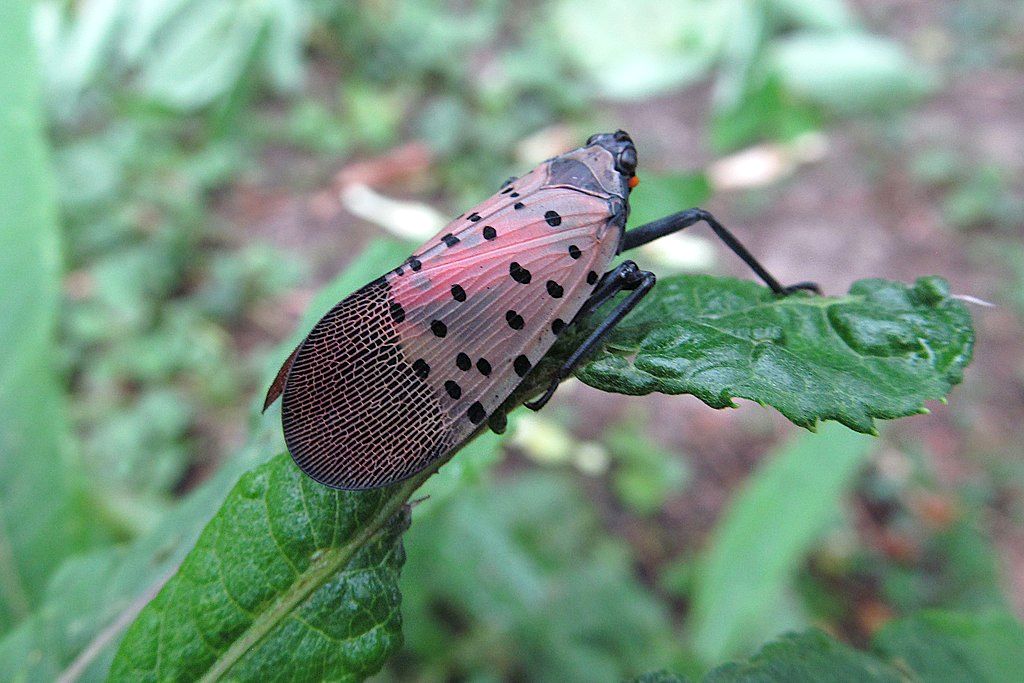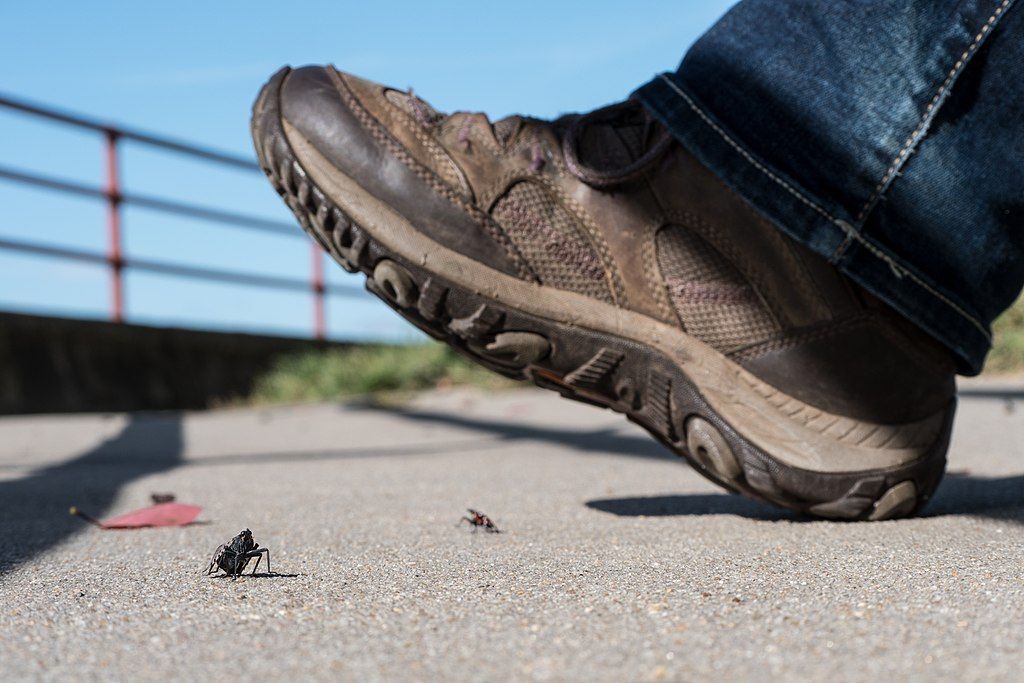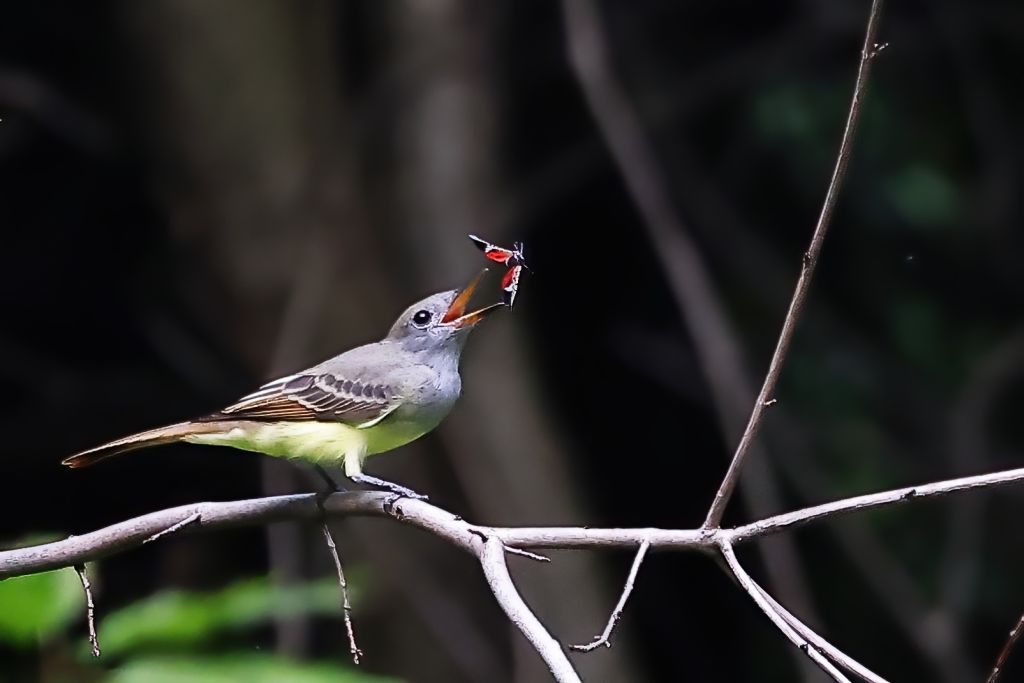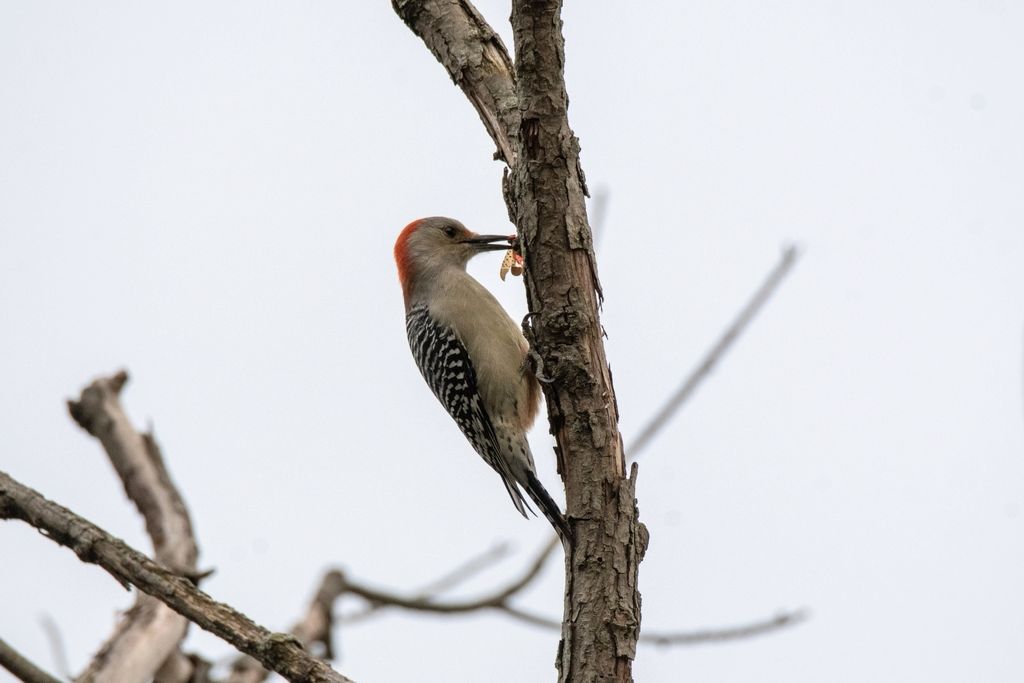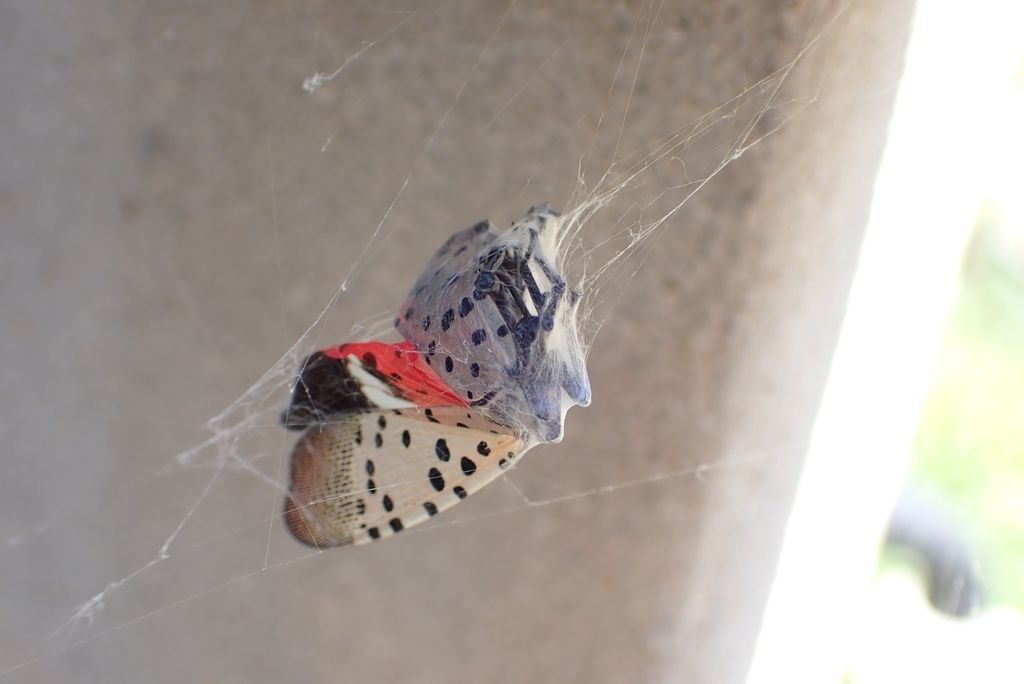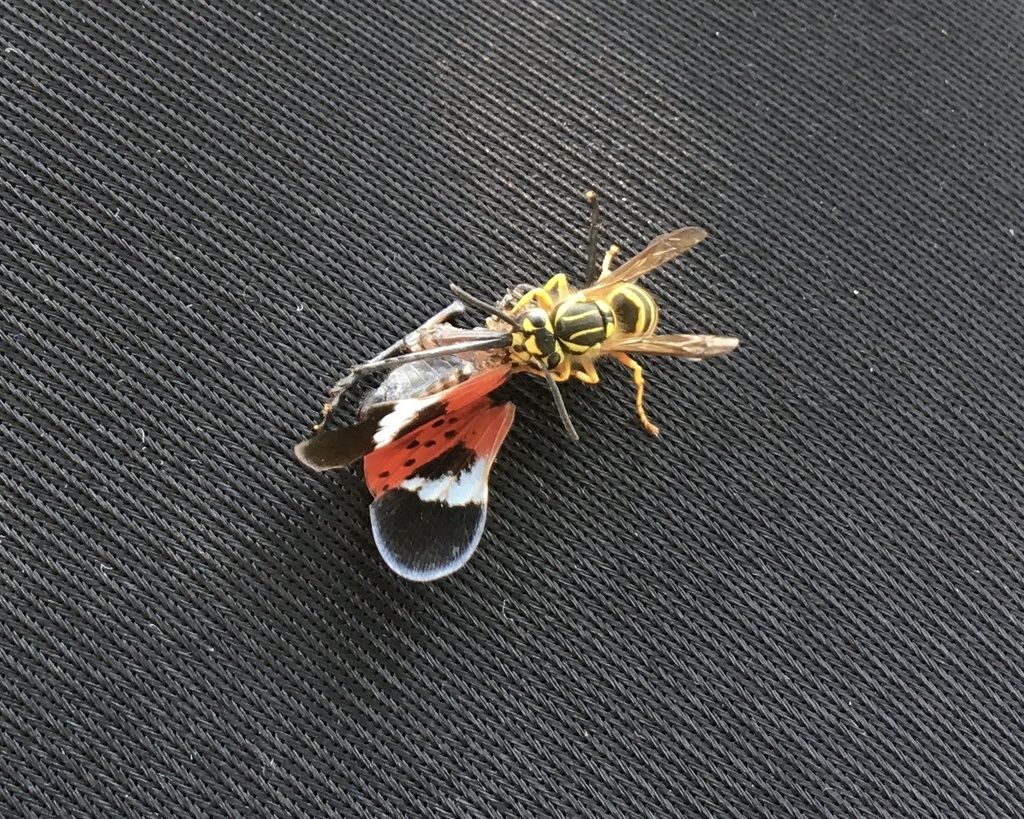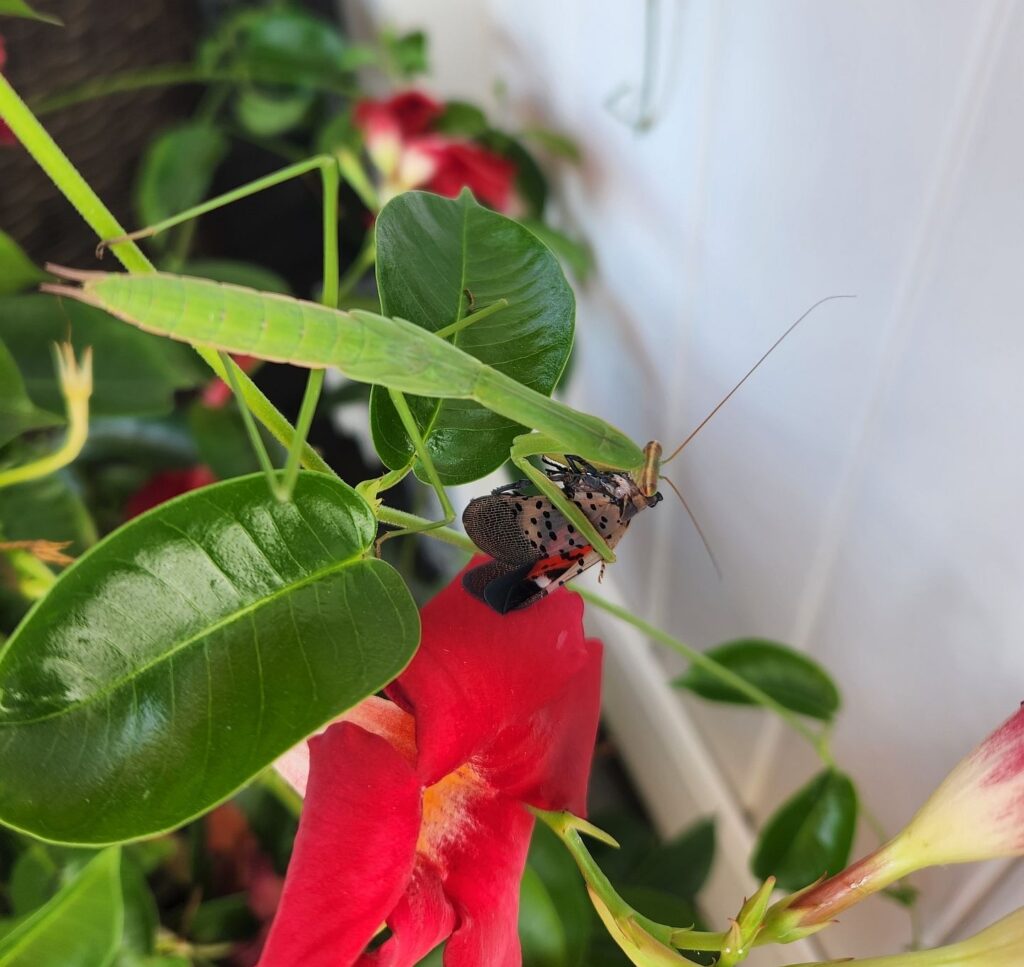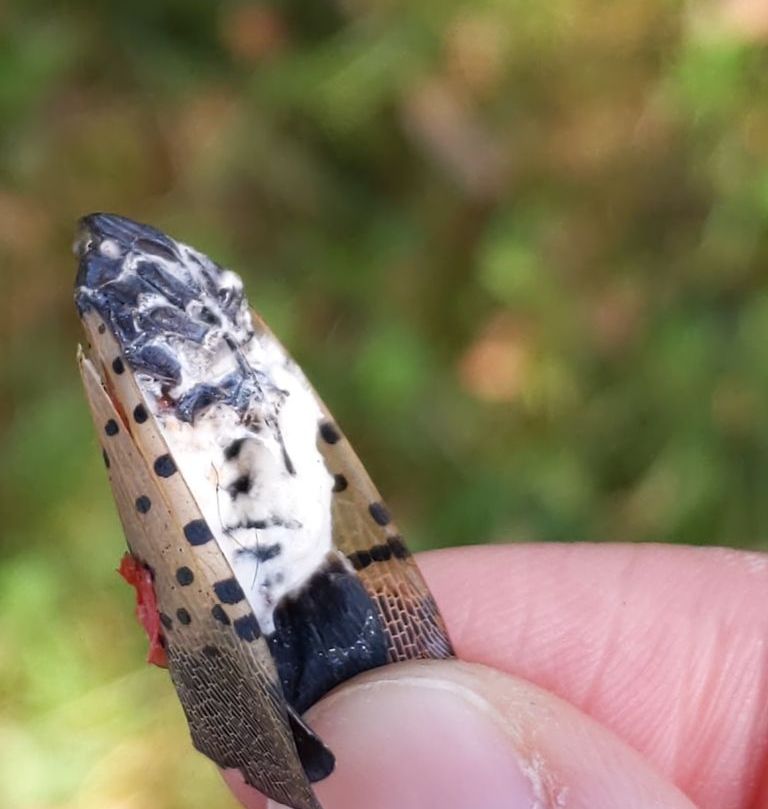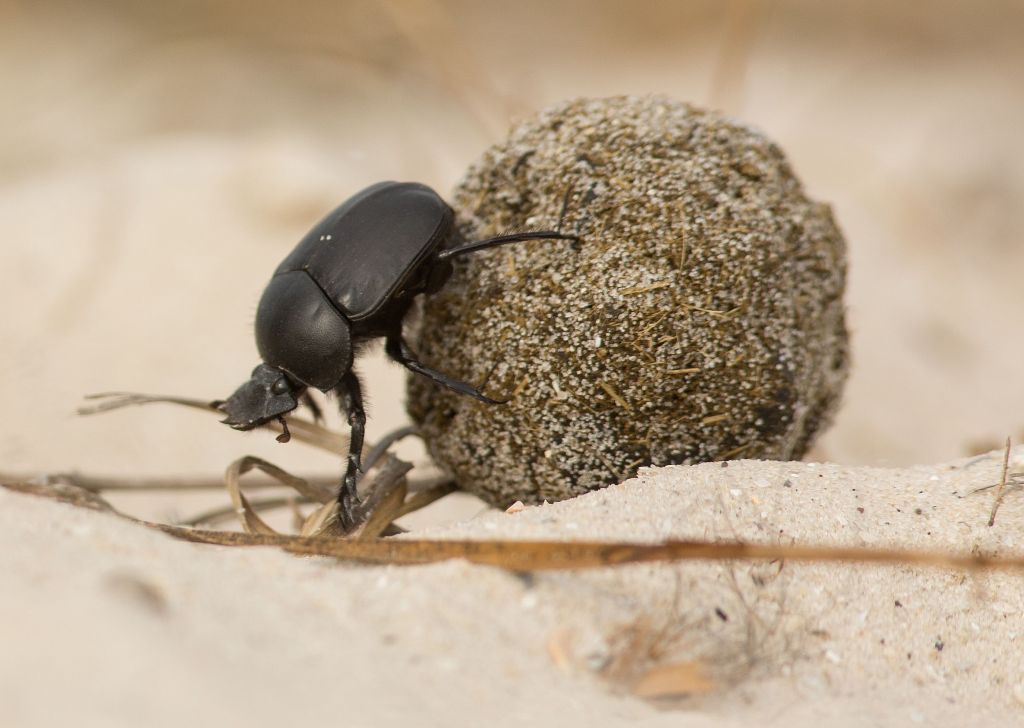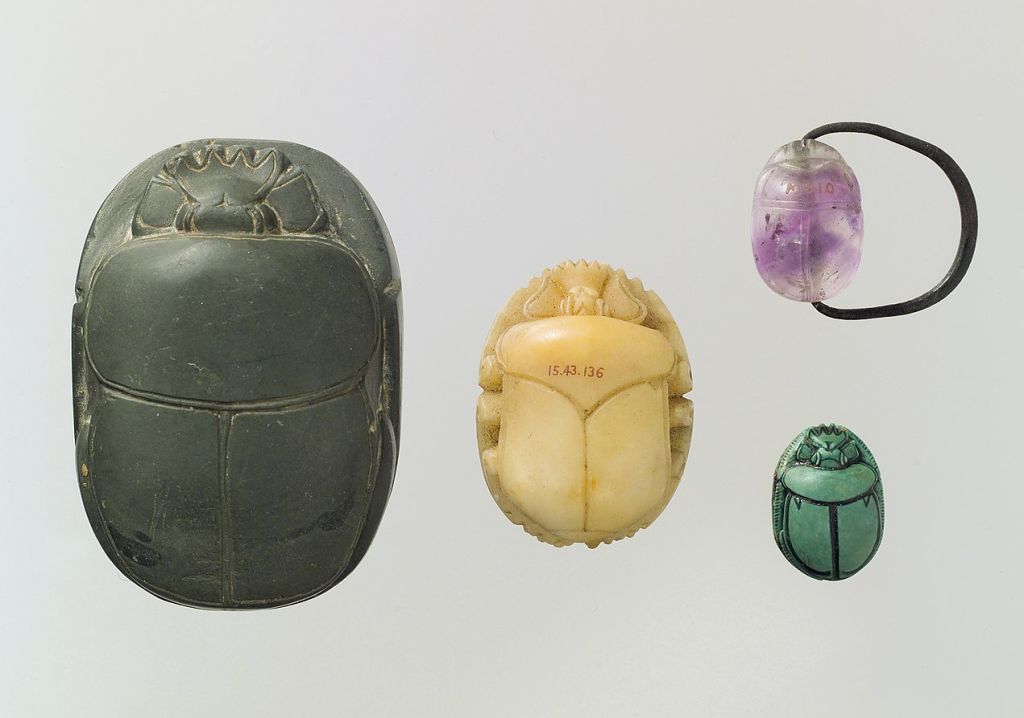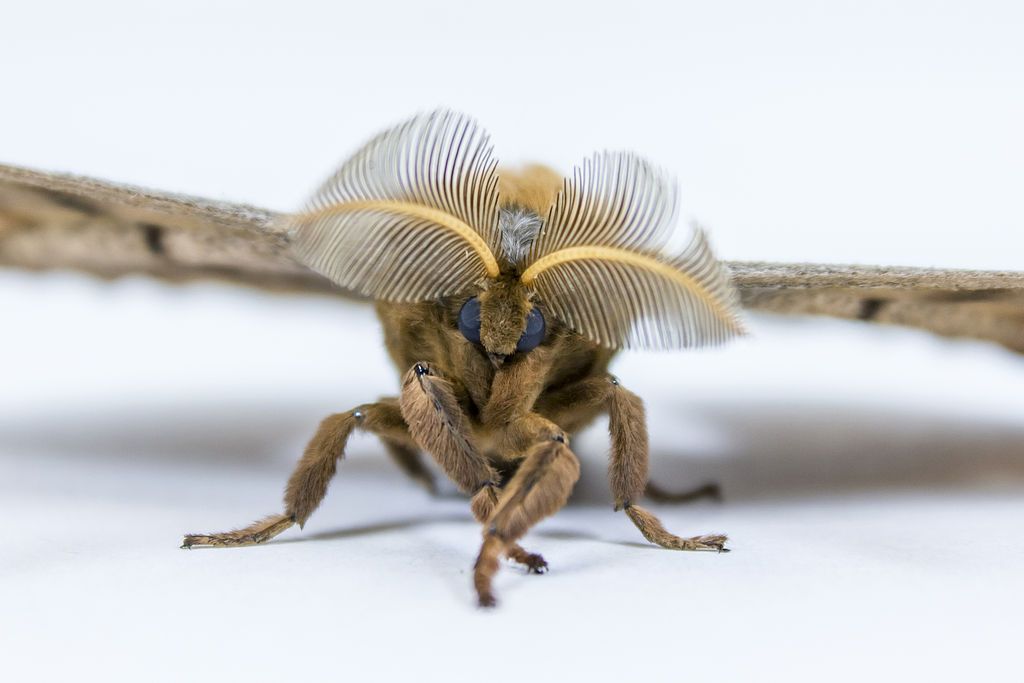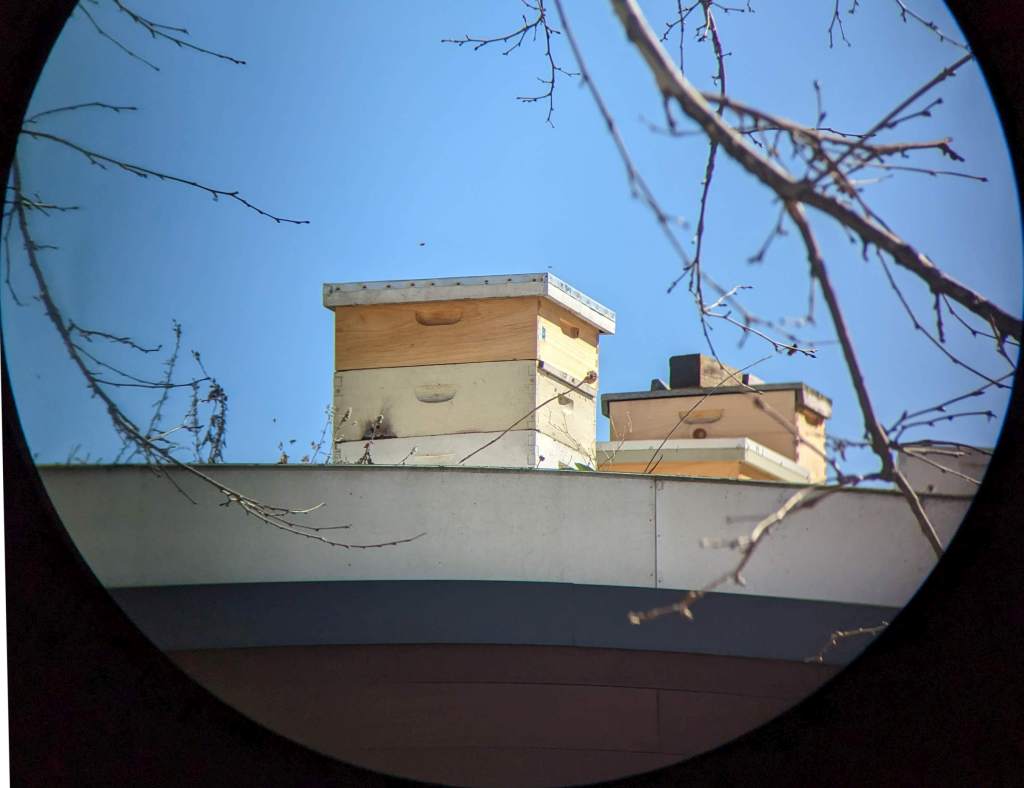
16 March 2023
While Pittsburgh experienced a “Too Early Spring” for plants, 7 Feb to 7 March, it was also a weird time for honeybees. Thirteen days of temperatures above 54ºF(*) with blooming trees and flowers prompted honeybees to begin foraging. I often found them at the cherry blossoms but couldn’t catch one in a photograph.

This week the average temperature stayed near freezing for four days in a row so I was surprised to see a few bees emerging from the hive pictured at top when it was only 45ºF. In fact I was surprised to see the hive at all on the roof of The Porch restaurant at Schenley Plaza. It’s probably warmer up there.

Crazy spring weather, hot then sudden cold, can sap honeybee strength and make them susceptible to disease. To make matters worse freezing weather kills the flowers (food supply) so beekeepers provide supplemental feeding to help their bees over the rough spots.
Now there’s happy news about a bee vaccine, provided through supplemental feeding, that can innoculate honeybees from one of the worst diseases: American foulbrood (AFB).
Foulbrood is caused by a spore-forming bacteria, Paenibacillus larvae, that kills honeybee larvae without harming the adults. As the larvae die off, AFB weakens the colony and can quickly lead to its death in only three weeks. The bacteria is so hard to eradicate that infected hives must be burned.
Developed by biotech company Dalan Animal Health,
The vaccine, which contains a dead cell of the virus, is administered to the bees through the queen feed that worker bees consume. The worker bees then transfer the vaccine into the royal jelly and feed it to the queen. As a result, the vaccine gets deposited into her ovaries, giving larvae immunity when they hatch.
— CBS News: USDA approves vaccine for honeybees
Read more about the foulbrood vaccine here at CBS News and the press release on Business Wire.
(photos by Kate St. John)
p.s.(*) I say 54ºF because, according to the University of Maine Extension, “The minimum temperature for honeybee flight is 54º F. The optimum temperature for flight activity is 72-77º F.”
